We use cookies to make your experience better. To comply with the new e-Privacy directive, we need to ask for your consent to set the cookies. Learn more.
How to Create a Low Maintenance Garden
Gardens are one of the best features of a home. Just spending time in the garden alone comes with plenty of benefits. The Royal Horticultural Society shared a King’s Fund report on the health benefits of gardening which found that the benefits of gardening were diverse and broad, showing significant reductions in anxiety and depression as well as improved social functioning.
However, not everyone has a green thumb. To many homeowners, gardening seems more of a chore than an enjoyable activity. According to a survey shared by the Independent, even though that 57% of Brits would pay more for a property with “top-grade greenery”, a lot of homeowners revealed that being green was not easy.
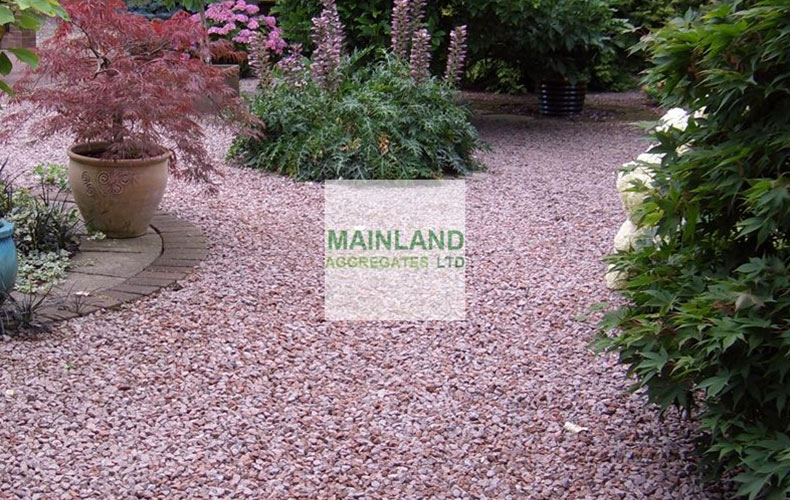

The survey showed that “Nearly 26 per cent lacked knowledge about plants and 21 per cent thought gardening was physically demanding. One-fifth (19 per cent) simply said they did not have enough time for it.” With this in mind, the search for a low-maintenance garden is on the up and up.
Although there is no such thing as a zero-maintenance garden, achieving a low-maintenance space is not impossible. With a low-maintenance garden, you can finally get the freedom to focus on the areas that you find most enjoyable. So, how to create a garden that doesn’t bust the bank or break your back?
Lose the lawn.
No other part of your garden needs to be watered, fed, and mowed as often as your lawn. So, think about it – does it really need to be there? A well-kept lawn looks stunning, but more often than not maintaining one can prove to be too much work, leaving you with a patchy, tired area of green that could be used for so much more, with much less effort.
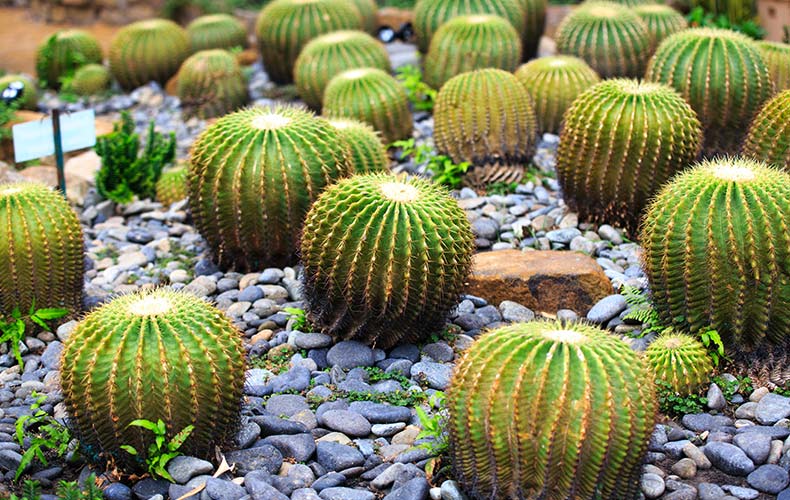

Lawn alternatives.
Some of the best grass alternatives include: bark, gravel, paving, decking, and artificial grass. What are these different materials and how much maintenance is required for each?
Bark gardens.
Bark is easy to lay, available in different sizes and colours, and a lot less hassle than a traditional lawn (they suppress unwanted weeds!). We supply landscape bark, premium pine bark and play bark, which can be used for a variety of landscaping projects.
It’s best to first create a border around your lawn to lay bark. This should stop the bark from finding its way into other areas of your garden once it has been laid down. When the lawn has been removed, lay a plastic woven weed matting down and start laying your bark. As a rough guide, you will want around 50 litres of bark chippings every per meter squared for a 5cm depth.
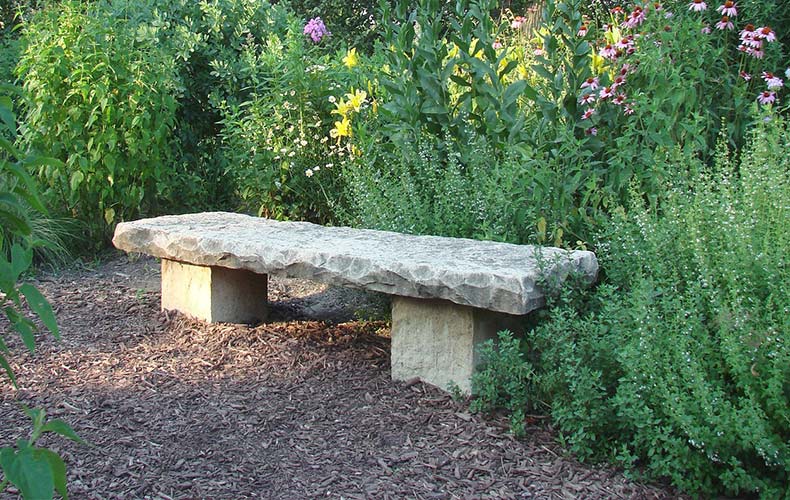

It’s best to first create a border around your lawn to lay bark. This should stop the bark from finding its way into other areas of your garden once it has been laid down. When the lawn has been removed, lay a plastic woven weed matting down and start laying your bark. As a rough guide, you will want around 50 litres of bark chippings every per meter squared for a 5cm depth.
How much maintenance?
You may want to top the bark up once every year or so as, even with a border, bark still manages to leak out.
Gravel gardens.
As the Royal Horticultural Society explains, “a gravel garden is a great option for a low-maintenance garden. It also lends itself to Mediterranean-style drought-tolerant planting so things like lavender, euphorbias, Cistus, Santolina and Phlomis are ideal and provide plenty of nectar and pollen for visiting insects.”
Decorative gravel is available in all shapes, sizes, and colours, guaranteeing that you can find a style that will match your garden. Some of the most popular types of gravel available at Mainland Aggregates include 20mm gravel, 20mm Harvest gravel, 20mm golden gravel and 20mm Trent gravel.
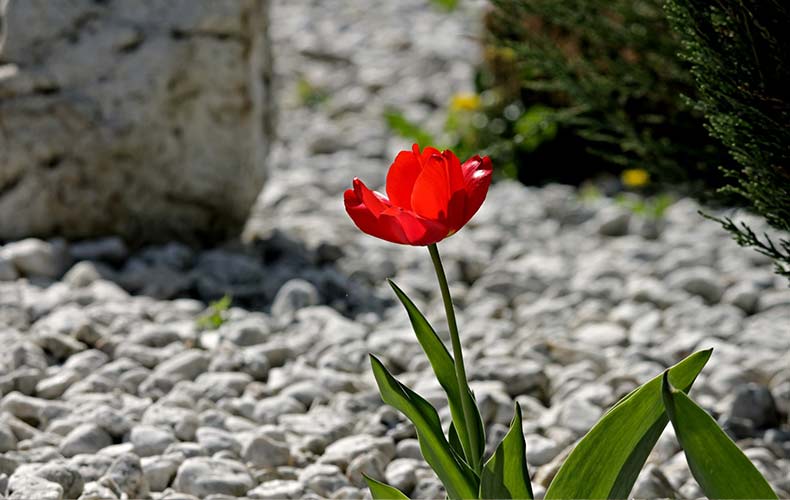

Like bark, gravel is easy to lay too. Replace the turf with a weed-proof membrane (spend a little more here for quality, for added assurance of no weeds), and then create an edging, again to stop gravel from travelling into the garden and then lay. For an approximate 4cm depth, you’ll want roughly 80kg per meter squared.
How much maintenance?
Even with a border, you can expect some gravel to leak into your garden. Topping the gravel bed up once every year should suffice.
Paving gardens.
Paving over your lawn is one of the most functional ways to replace it. When done right, paving can offer a splash of colour in place of a solid green and gives you the opportunity to place seating where you can admire your beautiful flowerbeds.
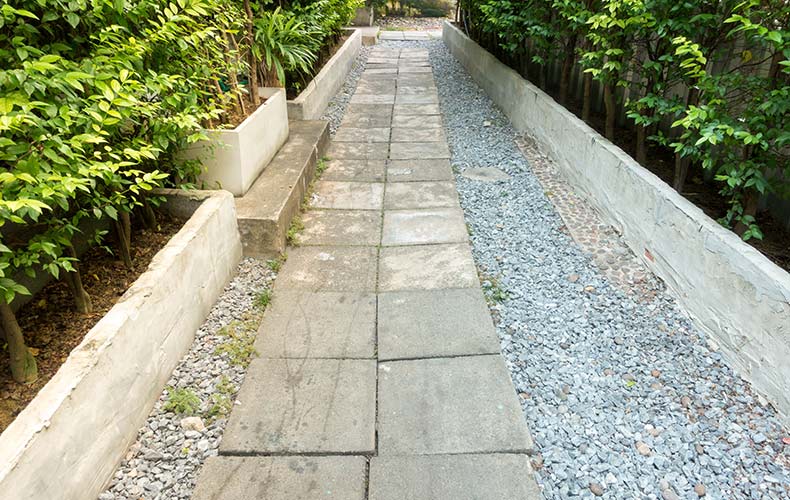

With paving, you can also leave small spaces between some slabs giving you room to grow hardier plants. Just remember that they probably will be trodden on. Laying paving can be a pretty labour-intensive job so you may want to turn to a professional for this stint of work. If not, there are plenty of guides on the web.
How much maintenance?
Next to none! It’ll just need a good jet wash once every couple of months.
Decking gardens.
If you want to replace your lawn with something long-lasting, treated hardwood decking is the ideal selection. What’s more, it makes for a wonderful space to host outside dinner parties and barbeques in the summer months. You can select a wood, stain, and style to suit pretty much any garden too.


How much maintenance?
Decking will require an annual clean to clear it of grease and discolouration and an occasional brushing to remove debris.
Artificial grass gardens.
An artificial grass lawn requires no maintenance whatsoever from the gardener, freeing up time to focus on the areas of your garden that you love. Like your vegetable patch or your perennial bed. You may want to hire a professional to help you lay artificial grass, but again there are plenty of guides on the web. If you are going to do it yourself, make sure the surface is clean and smooth which can be done with a levelling compound.
How much maintenance?
Almost zero. The only thing you’ll need to do is brush the lawn to keep it clean of fallen leaves or other debris from the surrounding garden.
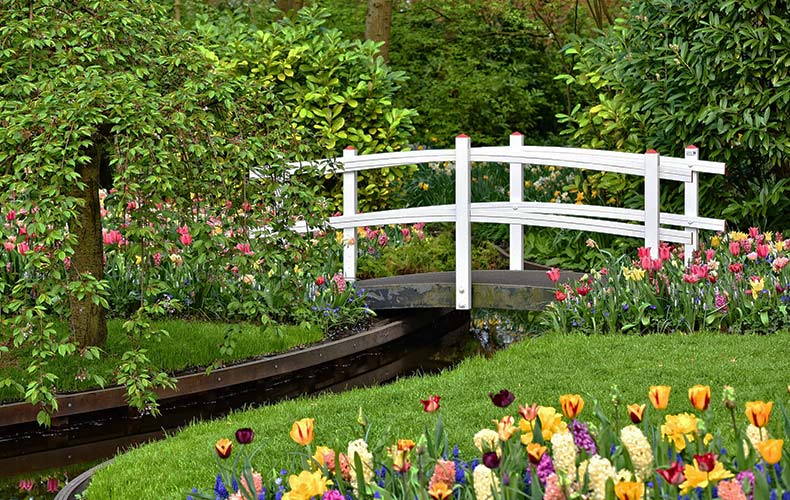

Low maintenance plants
Another area of the garden that requires constant upkeep is your plant life. No-maintenance plants don’t exist, but there are some out there that require a lot less work than others.
Sedum – This plant is well known for its ability to grow back year after year and its colours will stick around well into spring. The flowers go from green buds, turning through pale pink to deep pink, and then finally adopting a brown hue.
Elijah Blue Fescue – This evergreen can withstand a variety of conditions making it a perfect choice for those looking to create a low-maintenance garden. There are several types of plants available including the large blue fescue which is a hardier selection than the regular blue fescue.
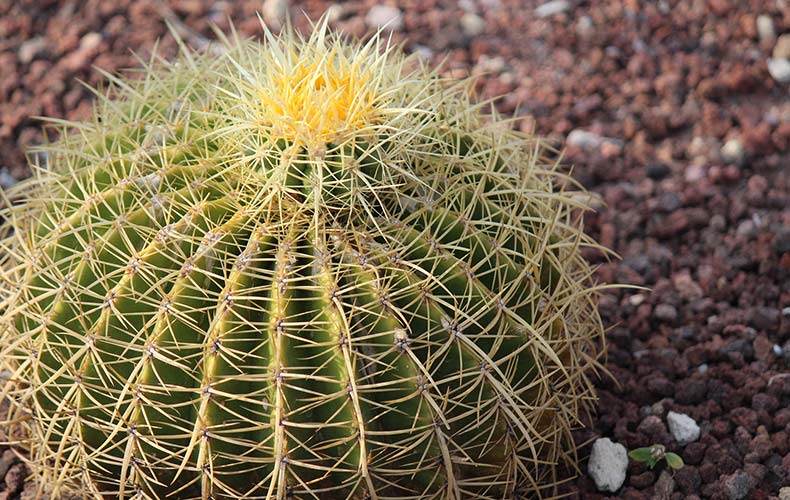

Coreopsis – This rugged plant has over 100 different species, but not all are perennials, so be sure to check before buying. Remember to remove seed heads in the winter months too; otherwise, you’ll have a gaggle of birds fighting over them.
Firewitch Dianthus – Described as ‘very hardy’ the Firewitch is well known for its magenta blooms from Spring through to Autumn. It’s a fast grower too if you’re looking to fill your flower bed out quickly. Plus, it can withstand longer periods of drought than most. Not to mention that butterflies love it!
Weed control
In most instances, the bulk of garden work comes down to controlling weeds. If you are looking to create a border around your garden move away from perennials – they’ll need regular weed control and the work can become tiresome. Shrubs are the best alternative. They can be planted easily through a weed-suppressing geotextile membrane which can then be overlaid with gravel or bark. These beds won’t require regular watering either.
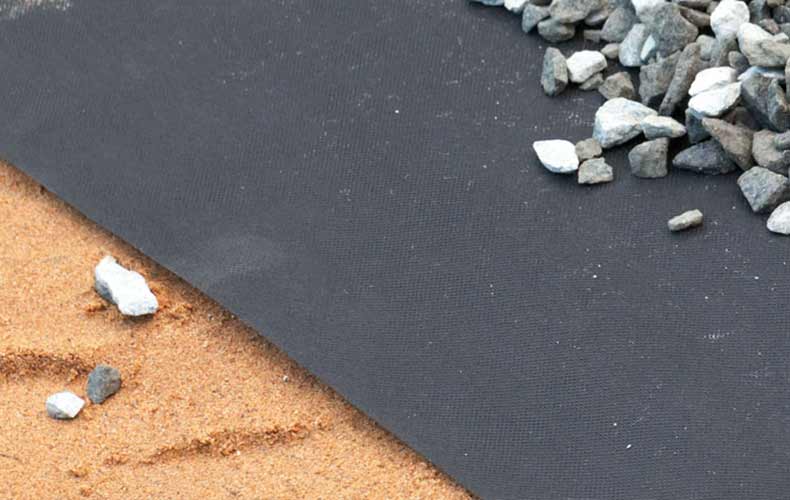

Wild gardens
If there are sections of your garden that you’re having trouble keeping up with or an area that you don’t visit often, consider letting it grow wild. Wild sections of a garden can give it another layer and offers a home to insects and wildlife. You may have to suppress the urge to have a little trim here and a cut back there – the point is to step back and let nature do its work.
What not to do?
If you want to create a garden that requires very little work there are a few things you’ll want to avoid:
Tender plants – Keep away from plants that need a lot of upkeep. Tender plants will require winter wrapping, regular moving, and/or annual propagation.
Quick growing hedges – If you are looking to include hedges in your garden, select slower growers like yew or holly.
Add lots of containers – Containers ask a lot of you. They regularly need replanting, feeding, and moving. If you can’t do without some containers in your garden select larger ones that will hold more compost. They won’t dry out as quick.
